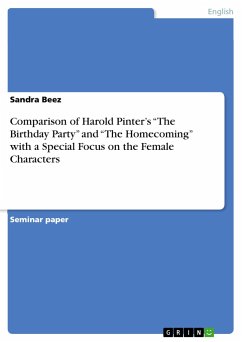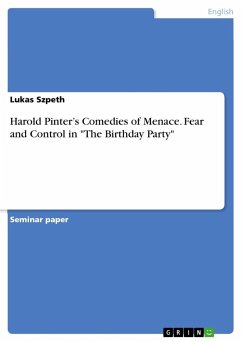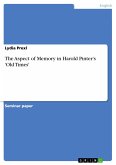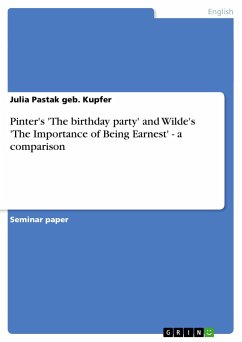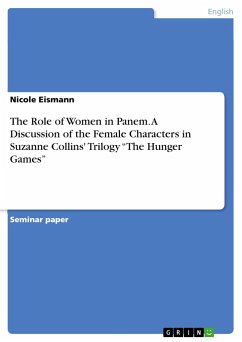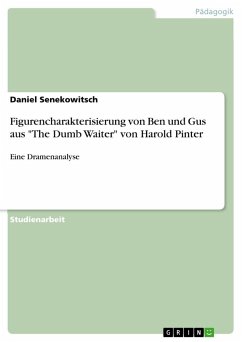Seminar paper from the year 2015 in the subject English Language and Literature Studies - Literature, grade: 2,0, , language: English, abstract: Pinter's plays are good examples for the theatre of the absurd, although Pinter himself probably would not have called them this way. He knew how to create his characters in such an absurd way, but also realistic at the same time that the audience was often left in astonishment and confusion. This paper will deal with the two Pinter plays "The Birthday Party" and "The Homecoming". These are outstanding plays, foremost concerning the female characters. Both plays include mainly male characters and one outstanding female one. There is a second female character in "The Birthday Party", but she only plays a minor role. It is interesting to see how Pinter contrasts the more or less strong female characters in otherwise all men plays. That is why this paper will pay special attention to the female characters.This paper will start by first giving an overview over the plays and short characterisations of the male characters. Furthermore, there will be a comparison between those two plays and in how far Pinter's plays may have developed. Continuing, I am going to focus on the female characters of the plays, Meg and Ruth. First, I will discuss the representation of women in the plays in general. Then, there will be a comparison between the two characters to see in how far their characteristics and their function in the plays differ.

